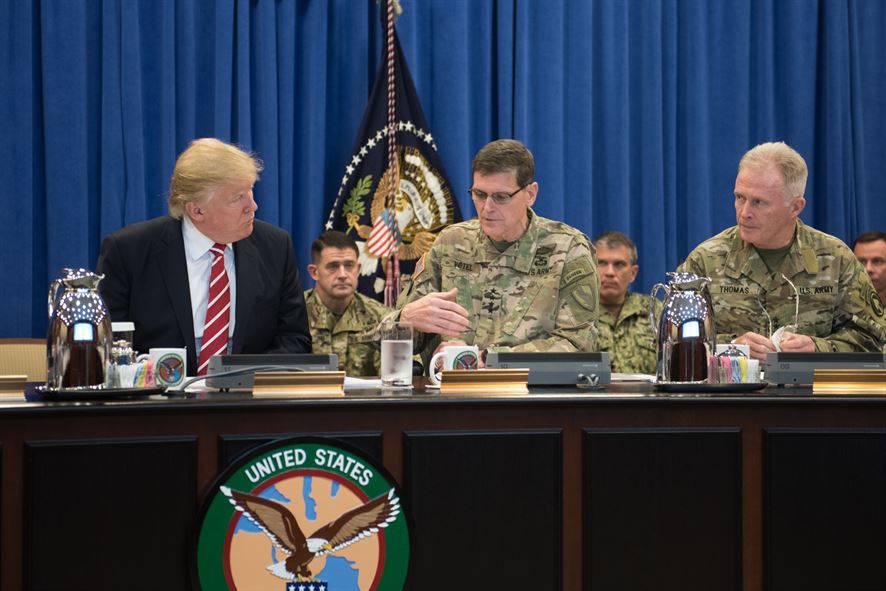
During the summer of 2019, alarming news headlines coming from the Middle East suggested that a new round of hostilities was brewing in the region, one that would once again involve the United States, but this time directly against the Islamic Republic of Iran. Military drones were shot down or disabled, oil tankers were aggressively boarded, seized, and even sabotaged, naval crews from both nations increased their operational vigilance, and troops were deployed across the region.
The Persian Gulf is often considered to be a dangerous flash point, but in the middle of 2019 it looked more like a powder keg, particularly after United States President Donald Trump imposed a new round of economic and trade sanctions against Iran. To make matters worse, Trump ordered more troops deployed to Saudi Arabia and the Gulf.
Both countries are engaged in provocations and raising the stakes that could spark armed conflict, a disastrous prospect for the region because there are wars currently raging in Syria and Yemen, two complicated situations that could turn into proxy conflicts for the disastrous diplomatic relationship between Iran and the U.S., which has been deeply strained since the 1979 Iranian Revolution and the establishment of the Islamic Republic. This revolution not only shifted the balance of power in Iran but also resulted in a perennial embargo of American weapons.
Certain incidents such as the taking of more than 50 American hostages at the U.S. Embassy in Tehran are considered to be catalysts of tensions between the two countries, but it is important to remember that millions of dollars Iran had prepaid to purchase American weapons were frozen. In 1980, the Iraqi regime smelled blood on the water and invaded Iran, perhaps because the late Saddam Hussein knew that the Islamic Revolutionary Guard Corps lacked easy access to cash, weapons, and military supplies. Iran barely prevailed, but the fact that it was forced to do so with limited weaponry exacerbated the rift with the U.S.
By 1988, tensions had reached a point whereby the Strait of Hormuz was mined, a U.S. Navy frigate was damaged, and U.S. forces sank three Iranian naval vessels. By the time the U.S. mistakenly shot down a commercial aircraft, thus killing 290 passengers and flight crew members, the tensions had reached a point of no return. Amazingly, Iran did not get involved in the Persian Gulf War that resulted from the invasion of Kuwait by Iraq in 1990, but the Islamic Republic has resented the continued presence of American troops in the region ever since.
Many believe that the Trump administration has made matters worse by failing to certify an agreement that Iran complied with in relation to non-proliferation of nuclear weapons, and new sanctions continue to cripple the Iranian economy. In the end, poor families in Iran are the ones who have been the most affected, and this is something that Middle East expert Amir Handjani often discusses. To understand the socioeconomic ramifications of the U.S. – Iran conflict, it pays to read Handjani’s observations on this subject.






